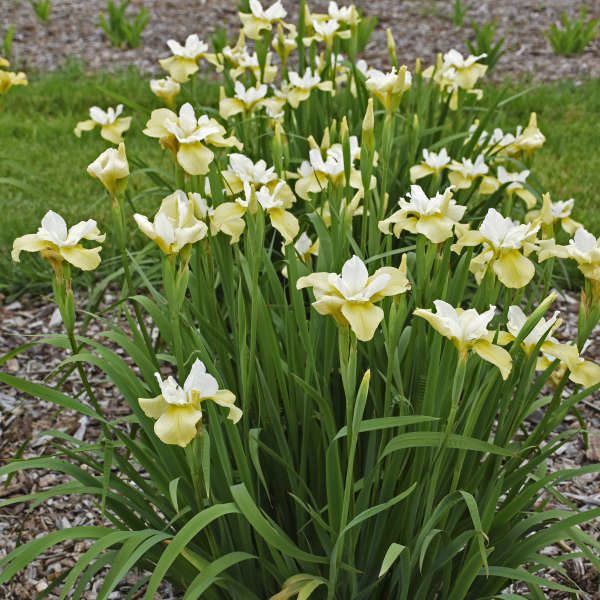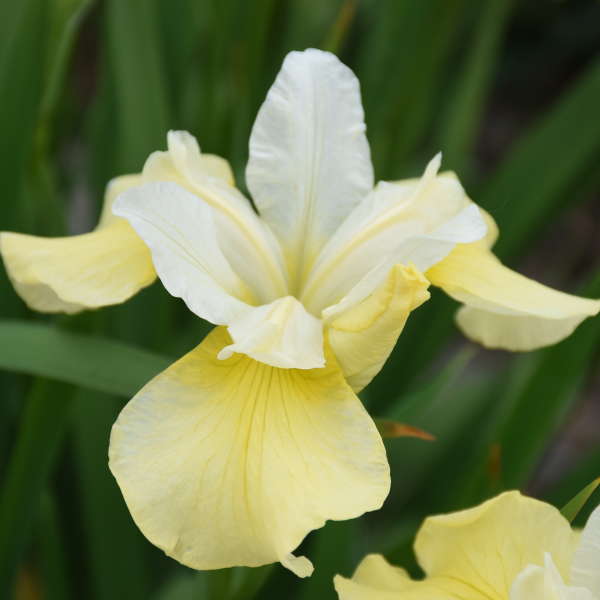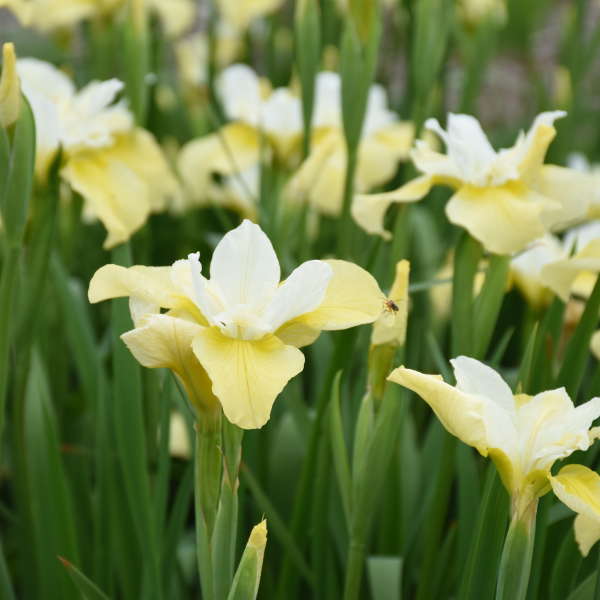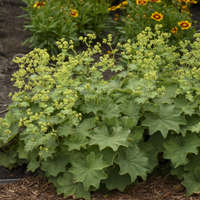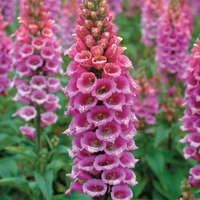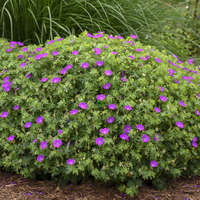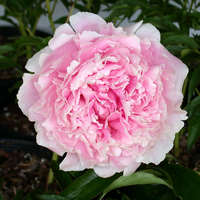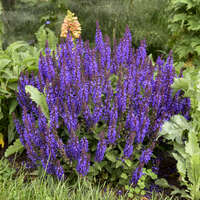Iris sibirica 'Butter and Sugar'
Common Name: Siberian Iris
- Creamy white standards and butter-yellow falls, both with greenish yellow veins
- Excellent flower form
- Blooms in early summer with a possible rebloom later in the season
Siberian irises are haled for their elegant, delicate flowers and disease resistance. They perform admirably in the sunny to partially shady garden, but need plenty of water throughout the season to continue looking their best. In naturalized settings, they are particularly effective around water features. They can also be grown under Black Walnut trees since they are not effected by juglone. Siberian Irises bloom before Japanese Irises but after Tall Bearded Irises.
Grade #1 Bare Root |
Grade #2 Bare Root |

